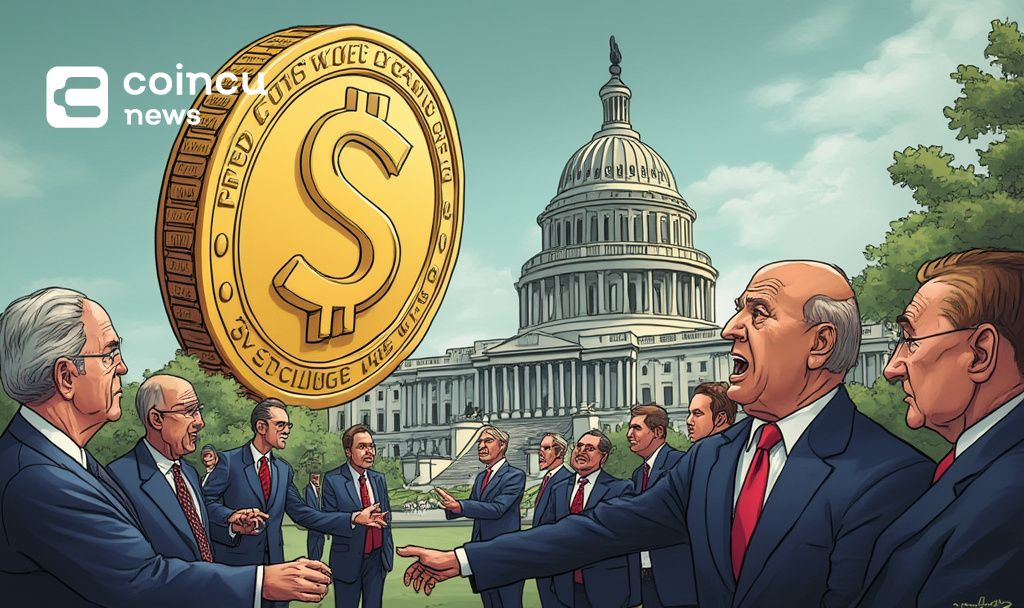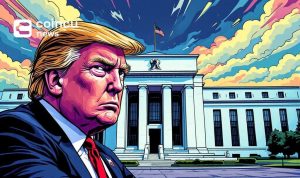- U.S. House advances tax cuts, raises debt ceiling, stimulating economic growth.
- Trump advocates biggest tax reductions while managing federal debt concerns.
- Experts weigh in; mixed sentiments in government and markets noted.

President Donald Trump praised the U.S. House of Representatives’ decision to advance his tax cut plan while raising the debt ceiling. The combination aims to stimulate aspects of the U.S. economy by extending previous measures.
The House’s approval of this fiscal strategy seeks to maintain economic momentum. Raising the debt ceiling by $5 trillion addresses immediate fiscal stability concerns.
House Passes $5 Trillion Debt Ceiling Increase
The U.S. House has passed a significant plan to extend tax cuts originally introduced by Trump in 2017, coupled with a noteworthy debt ceiling increase. The initiative underscores key efforts to maintain fiscal policies that have promoted business growth. President Trump’s optimism is evident as he commends the collaboration in Congress, deeming the move as potentially historic in the context of U.S. economic measures.
This decision’s implications reach into both immediate and longer-term economic planning. The proposed extension and expansion of tax reductions are expected to inject vitality into the economy, although concerns about increasing federal debt exist. By targeting a $1.5 trillion cut over the next decade, lawmakers aim to balance fiscal stimulation with debt management.
Market perspectives reflect a blend of support and caution, with government leaders and economic analysts debating the potential impacts. Trump’s commentary on Truth Social indicates strong Republican alignment, while Treasury Secretary Scott Bessent plays a vital role in planning the financial logistics of the initiative.
“We are laying out a financial framework that supports growth, while being cognizant of the potential fiscal impacts on our nation’s budget,” said Scott Bessent, Treasury Secretary.
Tax Cuts Expansion: Economic Prospects and Challenges
Did you know? The 2017 tax cuts, part of Trump’s economic initiatives, significantly altered corporate tax structures, marking one of the largest tax overhauls in decades with ongoing effects on investment trends.
Historically, Trump’s tax policy overhaul in 2017 had considerable effects on corporate tax rates, spurring business investments. This new proposal seeks to capture similar economic enthusiasm, though the raise in the debt ceiling aims to balance potential risks of increased federal liabilities.
Expert opinions vary drastically with some analysts voicing skepticism over debt accumulation. However, discussions about the broader fiscal policies may influence sectors including blockchain and digital assets, hinting at potential regulatory intersections and funding allocation patterns. Engaging with these shifts, the government remains tasked with ensuring economic stability amid changing legislative landscapes.























